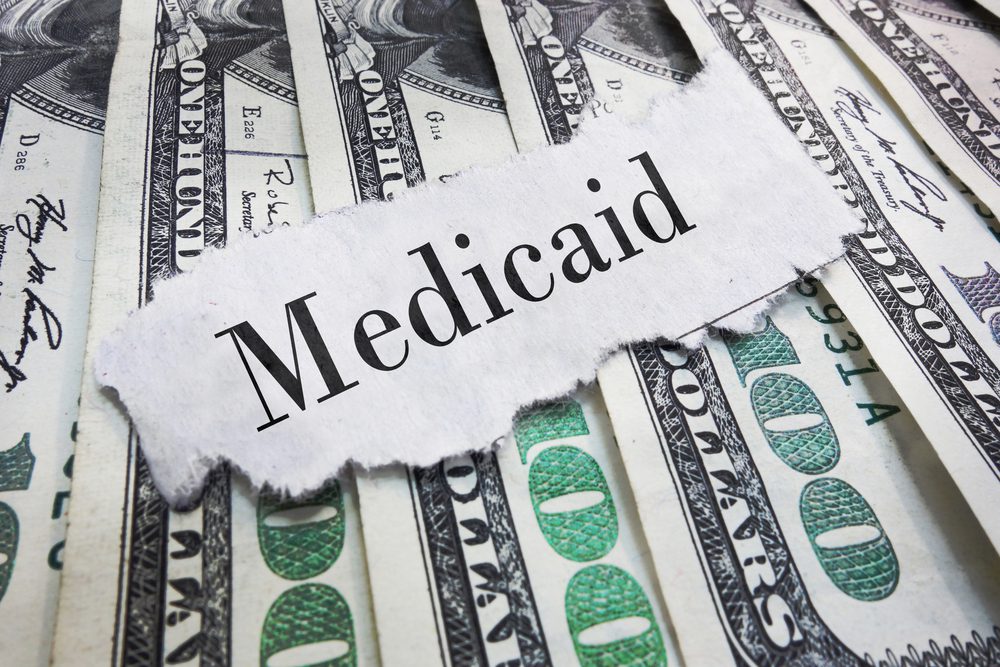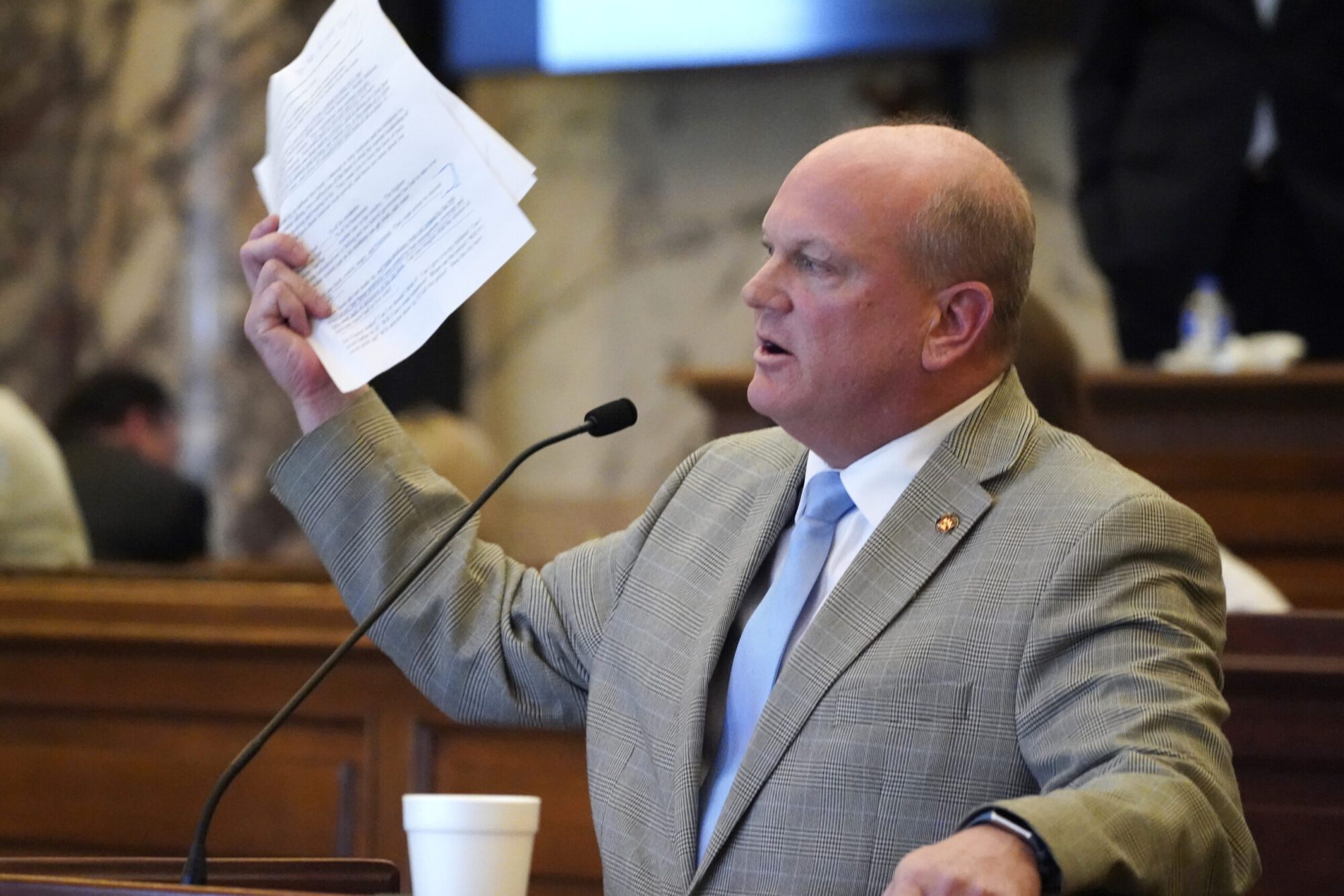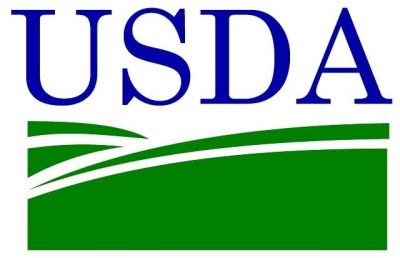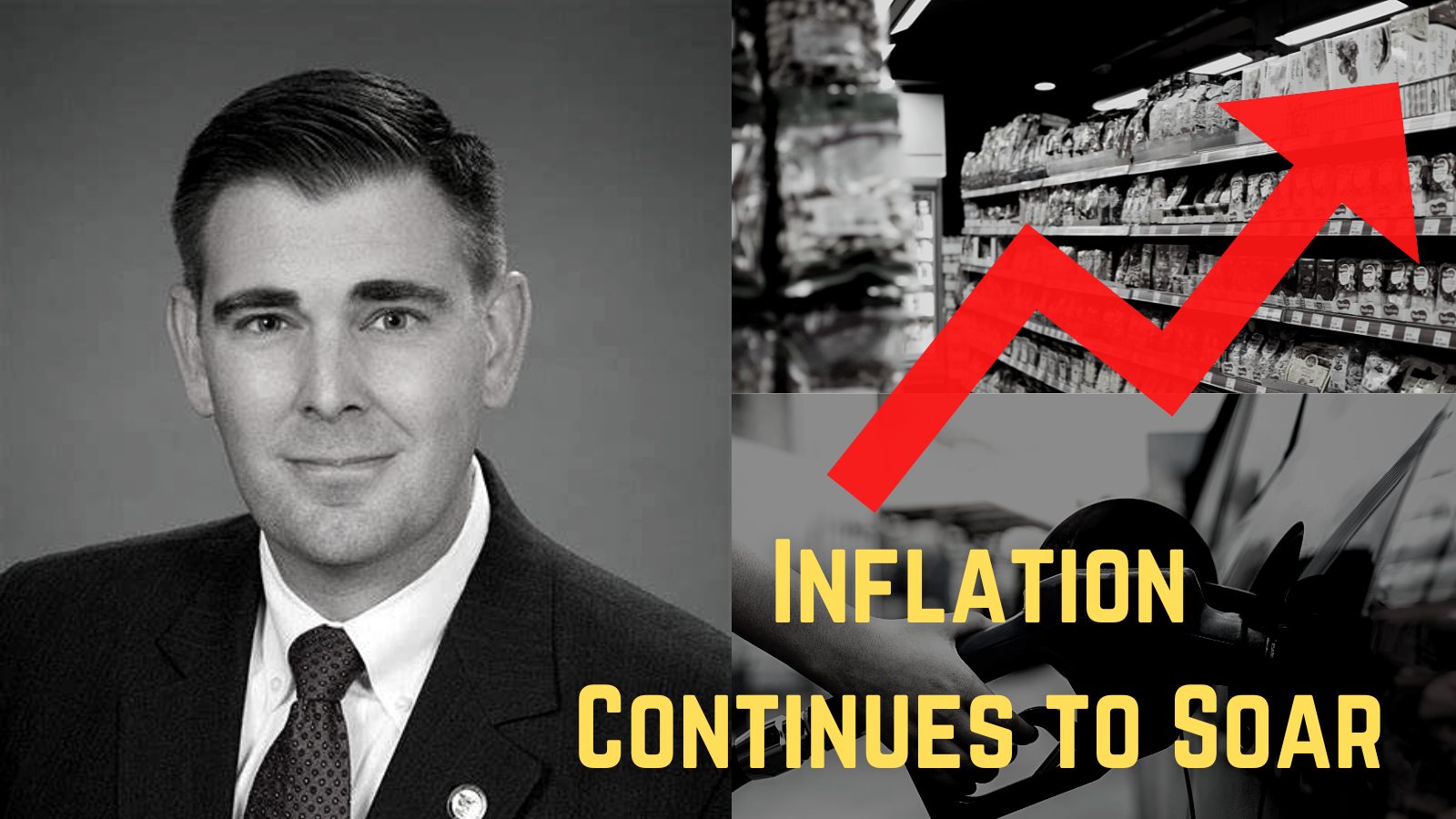
The NFIB says that for the fourth consecutive month, business expectations remain unchanged and below the 48-year average.
NFIB Small Business Optimism Index remains at 93.2 in April which is points under the 48-year average of 98. Small business owners expecting better business conditions over the next six months decreased one point to a net negative 50%, the lowest level recorded in the 48-year-old survey.
32% of these businesses site inflation as a continued problem. This is the highest reeding since the fourth quarter of 1980.
NFIB State Director Dawn McVea said, “Mississippi’s small businesses have faced one challenge after another, beginning with the pandemic two years ago and continuing with the labor shortage, the seemingly endless supply chain disruptions, and a spike in fuel prices that are driving up costs across the board. Our members are doing everything they can, though, told prices in check and provide the goods and services their communities need.”
Key findings include:
- Forty-seven percent of owners reported job openings that could not be filled, unchanged from March.
- The net percent of owners raising average selling prices decreased two points to a net 70% (seasonally adjusted), two points below last month’s highest reading.
- The net percent of owners who expect real sales to be higher increased six points from March to a net negative 12%.
As reported in NFIB’s monthly jobs report, small businesses continue to struggle to find workers to fill open positions with 47% (seasonally adjusted) of all owners reported job openings they could not fill in the current period. Of those hiring or trying to hire, 93% of owners reported few or no qualified applicants for the positions they were trying to fill.
Fifty-four percent of owners reported capital outlays in the last six months, down two points from March. Of those owners making expenditures, 40% reported spending on new equipment, 24% acquired vehicles, and 14% improved or expanded facilities. Eight percent acquired new buildings or land for expansion and 11% spent money for new fixtures and furniture. Twenty-seven percent of owners plan capital outlays in the next few months, up one point from March.
Seasonally adjusted, 3% of all owners reported higher nominal sales in the past three months, down one point from March and a poor reading. The net percent of owners expecting higher real sales volumes increased by six points to a net negative 12%.
The net percent of owners reporting inventory increases went up four points to a net 4%. Nineteen percent of owners reported increases in stocks while 15% reported reductions as solid sales reduced inventories at many firms.
Thirty-six percent of owners reported that supply chain disruptions have had a significant impact on their business. Another 34% report a moderate impact and 20% report a mild impact. Only 8% of owners reported no impact from recent supply chain disruptions.
Up three points from March, a net 6% of owners viewed current inventory stocks as “too low” in April. A net 1% of owners plan inventory investment in the coming months, down one point from March.
The net percent of owners raising average selling prices decreased two points from March’s record high reading to a net 70% (seasonally adjusted). Four percent reported lower average selling prices and 70% reported higher average prices. Price hikes were the most frequent in wholesale (85% higher, 0% lower), construction (81% higher, 3% lower), retail trades (76% higher, 4% lower), and manufacturing (70% higher, 3% lower). A net 46% of owners plan price hikes (seasonally adjusted).
A net 46% (seasonally adjusted) reported raising compensation, down three points from March. A net 27% of owners plan to raise compensation in the next three months. Eight percent of owners cited labor costs as their top business problem and 23% said labor quality was their top business problem.
The frequency of reports of positive profit trends was a net negative 17%. Among the owners reporting lower profits, 34% blamed the rise in the cost of materials, 22% blamed weaker sales, 14% cited the usual seasonal change, 11% cited labor costs, 9% cited lower prices, and 2% cited higher taxes or regulatory costs. For the owners reporting higher profits, 51% credited sales volumes, 13% cited usual seasonal change, and 19% cited higher prices.
Two percent of owners reported that all their borrowing needs were not satisfied. Twenty-six percent of owners reported all credit needs met and 61% said they were not interested in a loan.











